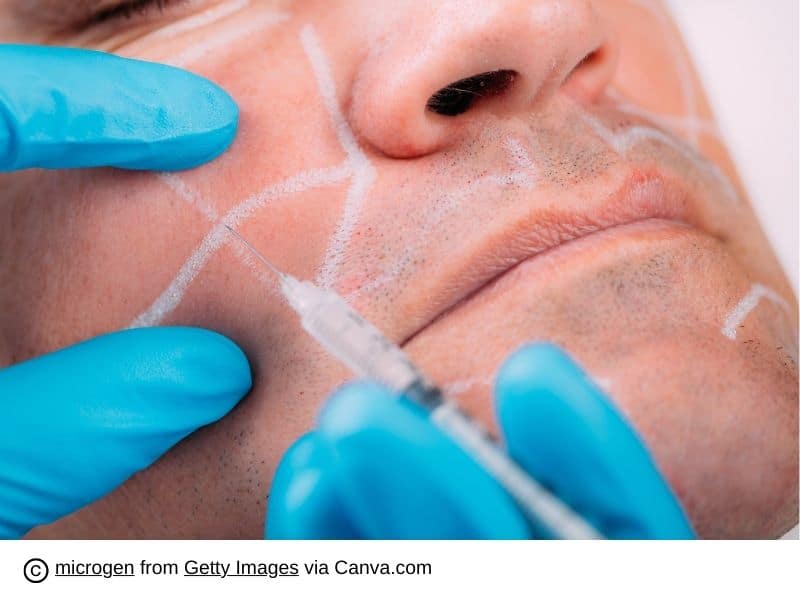Dermal fillers have revolutionized the way individuals enhance their facial aesthetics without the need for invasive cosmetic surgery. Composed of substances like hyaluronic acid or collagen, they add volume, smooth wrinkles, and improve facial contours. However, to ensure the best possible results and minimize potential risks, there are important steps to take before undergoing this aesthetic procedure. Understanding what to avoid prior to receiving dermal fillers is paramount for a successful outcome.

Consulting with a skilled practitioner is the first step where patients can learn about the type of fillers suitable for their needs, the expected results, and the aftercare necessary for maintaining their rejuvenated appearance. In places like Chicago where aesthetic treatments are in high demand, selecting a reputable provider for Dermal Fillers in Chicago is crucial for patient safety and satisfaction.
Key Takeaways
- Proper preparation for dermal fillers is essential for optimal results.
- Consultation with a qualified expert ensures a tailored treatment plan.
- Pre-treatment considerations help mitigate risks and enhance recovery.
Understanding Dermal Fillers and Consultation
Prior to opting for dermal fillers, it is crucial to understand the types available, the qualifications of the practitioner, and the realistic outcomes one might expect.
Types of Dermal Fillers
Dermal fillers are substances injected beneath the skin’s surface to smooth wrinkles, enhance facial contours, and restore volume. The most common types include hyaluronic acid, which is known for its hydrating properties; collagen, which provides structural support; calcium hydroxylapatite, which is typically used for deeper lines and wrinkles; poly-L-lactic acid, a biodegradable synthetic substance that stimulates collagen production; and polymethylmethacrylate beads(PMMA), which offer a semi-permanent fill.
Importance of Choosing a Qualified Practitioner
Selecting a board-certified dermatologist or licensed plastic surgeon is vital for ensuring safe practices and optimal results. These professionals have undergone extensive training and education to administer fillers. A qualified practitioner from a reputable establishment can offer expert guidance on the most appropriate filler type for a patient’s specific needs.
Setting Realistic Goals and Expectations
During the consultation process, patients should clearly communicate their goals to the practitioner. It is the practitioner’s role to set feasible expectations for the results of the treatment. A thorough consultation also includes discussing potential side effects and creating a customized treatment plan. Understanding what each type of filler can and cannot do is essential in achieving satisfactory outcomes.
Pre-Treatment Considerations

Before undergoing a dermal filler procedure, patients need to be aware of certain risks and the importance of an extensive health and medical history review. Additionally, lifestyle factors play a critical role and certain precautions must be taken to minimize potential side effects and complications.
Potential Risks and How to Minimize Them
To reduce the risks of bruising and swelling, patients should avoid blood thinners such as aspirin, Ibuprofen, and supplements like fish oil, and Vitamin E for a week prior to treatment. More serious complications like blood vessel occlusion can lead to blindness or skin necrosis, thus it is vital to choose an experienced practitioner. Monitoring for signs of infection or severe pain following the procedure is crucial.
Health and Medical History Review
Before receiving dermal fillers, a thorough review of the patient’s medical history including medications, allergies, and pre-existing skin conditions is essential. Patients should disclose any history of cold sores to assess the risk of reactivation. Discussing prior cosmetic treatments can provide insights into potential risks and complications.
Lifestyle Factors and Precautions
Patients are advised to defer engaging in strenuous exercise and to avoid sun exposure and heat before the treatment to prevent discoloration and increased swelling. Smoking can delay healing and is best avoided. Post-treatment, adhering to a gentle routine and avoiding excessive pressure on the treated areas will help minimize migration and the formation of nodules.
Conclusion
In preparation for dermal filler treatments, individuals are advised to prioritize their safety and outcome by adhering to certain precautions. Avoiding blood-thinning medications, alcohol consumption, and certain supplements is crucial to reducing the risk of bruising and swelling. Engaging with a reputable and experienced practitioner ensures professional advice is tailored to the individual’s specific needs. Lastly, setting realistic expectations and understanding the potential side effects can greatly enhance the overall satisfaction with the results. These preventative measures help secure a safer and more effective treatment experience.

